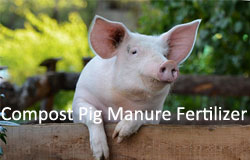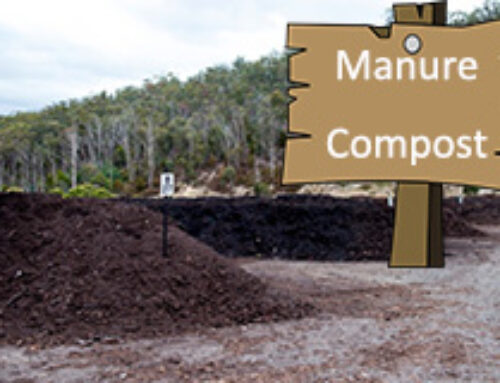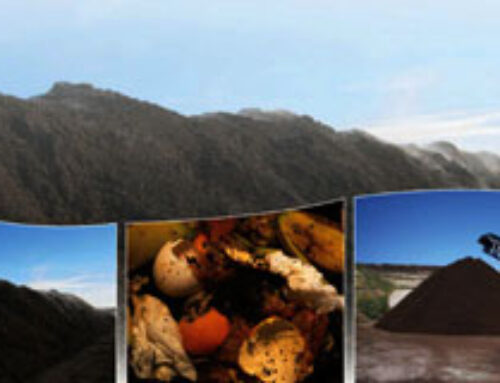In general, a 200lb pig would produce about 13lb of manure per day. Pig manure contains plentiful essential nutrition ingredients like nitrogen, phosphorus, and potassium for plant growth, which can promote healthy growth and increase the yield of grain crops. Even though pig manure is a commendable raw material of organic fertilizer, lots of pig manure carry E.coli, salmonella, parasitic worms, and a host of other organisms, so it is necessary to compost pig manure before using them as fertilizer into the soil directly. If you own a pig, you’ve got to deal with managing the manure. If you own a pig farm, you need to consider how to process the manure with more efficient and economic methods. Luckily, pig farmers can choose the related composting machine and organic fertilizer equipment to make manure biological organic fertilizer. In the case of composting, it’s safe to use this manure as a soil amendment.
Specifically, one-kilo pig manure generally contains about 63.7g coarse organic matter, 2.1g total nitrogen, 0.9g total phosphorus, 1.1g total potassium, 1.8g calcium, 0.7g magnesium, 0.3g sulfur, 37.6mg copper, 137.2mg zinc, 6.0g iron, 425.5mg manganese, 9.2mg boron, 1.0mg molybdenum and so forth. Only after fully matured can pig manure be applied into the soil, otherwise pig feces would burn the root system with ease, and the pests hatched from worm eggs in manure would increase the harm to farm crops. In relation to the proper disposal of massive pig manure, it is economically feasible to compost and granulate manure into organic fertilizer, which is also environmentally friendly.
It is estimated that a medium-sized 50kg pig can excrete manure weighing about 720kg in one year, and according to the statistics of 2016 worldwide pigs number, there are hundreds of millions of pigs all over the world, which leads to innumerable manure handling properly. Consequently, it is necessary to adopt a compliant, sustainable, and environmentally friendly way to process pig manure. For now, composting pig manure into organic fertilizer is a quite valuable, practical, and green method for swine manure treatment.
How to Turn Pig Manure into Fertiliser
Nowadays, advanced manure waste disposal machines can help to reduce the volume of pig slurry and minimize pollutant emissions, giving pig farmers the potential to turn manure into money. Here, we emphatically introduce a series of equipment that play crucial parts in pig manure organic fertilizer production, including a solid-liquid separator and compost turner machine used in the composting and fermentation process, an organic fertilizer granulator for the manure granulation process, a sieve screen for the screening process, rotary dryer and cooling machine, and automated packager, etc.
■ Pig Manure Composting & Fermentation
There are several points that need to emphasize when starting to compost pig manure commercially:

* When creating a pig manure compost pile, the pile size should be controlled, neither too small nor too short, which would affect the fermentation. Usually, the pile height and width depend on the chosen compost turner machine (for instance, the maximum width and height supported by Whirlston Windrow compost turner FD300 is 3m and 1.5m), while the length depends on the space of composting.
* Fermentation temperature should be controlled within 65℃because too high temperature would affect the nutrient of pig manure compost. At the same time, operators should pay attention to oxygen supply and ventilation during the process of fermentation. It’s better to turn the compost pile once per day when the temperature is up to 55℃-60℃, and turn the piles several times if the temperature is over 65℃.
* Moisture of pig manure should be about 65% because too high would lead to poor ventilation, slow temperature rising, and producing foul smell, which is against fermentation. Using a solid-liquid separator can separate the liquid from pig manure, accelerating the wet manure drying process.
Watch the working video of the manure dewatering machine:
With the help of composting equipment, pig manure piles can become thoroughly decomposed after about 7-10 days. Generally speaking, the sign of full compost contains: the temperature of the pile reduces to normal temperature without the original foul smell of pig manure.
■ Pig Manure Granulation
After composting, the processed pig manure would be conveyed into a disc feeder, and evenly added to the
■ Pig Manure Fertilizer Screening
The fertilizer pellets produced by the disc pan granulator need to be sieved and classified through the related machine because there are some differences among organic fertilizer pellets. In virtue of the easy operation and stable working performance, a rotary sieve screener is often used to separate the finished products and unqualified returning materials and get various particle classifications through classifying standard particles, large particles, and fine particles.
■ Pig Manure Fertilizer Drying, Cooling & Packaging
Organic fertilizer production factories can use rotary dryers to dehydrate the pellets after the screening, so as to meet the standard requirement of moisture content of commercial organic fertilizer, and then use a cooling machine to cool down the pellets, aiming at making finished organic fertilizer easy to store without deterioration. After drying and cooling, the difference between the pellet’s temperature and the surrounding temperature would be less than 5℃. Equipped with a belt conveyor, organic fertilizer pellets would be transported to an automatic packaging machine DGS-50F to achieve accurate weighing and an automated bagging process with high efficiency.
Organic fertilizer based on pig manure can bring lots of benefits to the soil, including improving fertility, water-holding capacity, bulk density, and biological properties. In addition, it also reduces odors, and fly eggs die because of high temperature occurring in the process of composting and fermentation, reducing environmental pollution immensely. The development of organic farming and organic food is based on developing manure organic fertilizer with high fertilizer efficiency, so the growth of the pig manure fertilizer production industry has significant social benefit in cultivating new economic growth points, improving the quality of subsidiary agricultural products, increasing farmers income and realizing sustainable agriculture development.
Related Readings:
Process Chicken Manure Organic Fertilizer
Compost Cow Dung Organic Fertilizer





